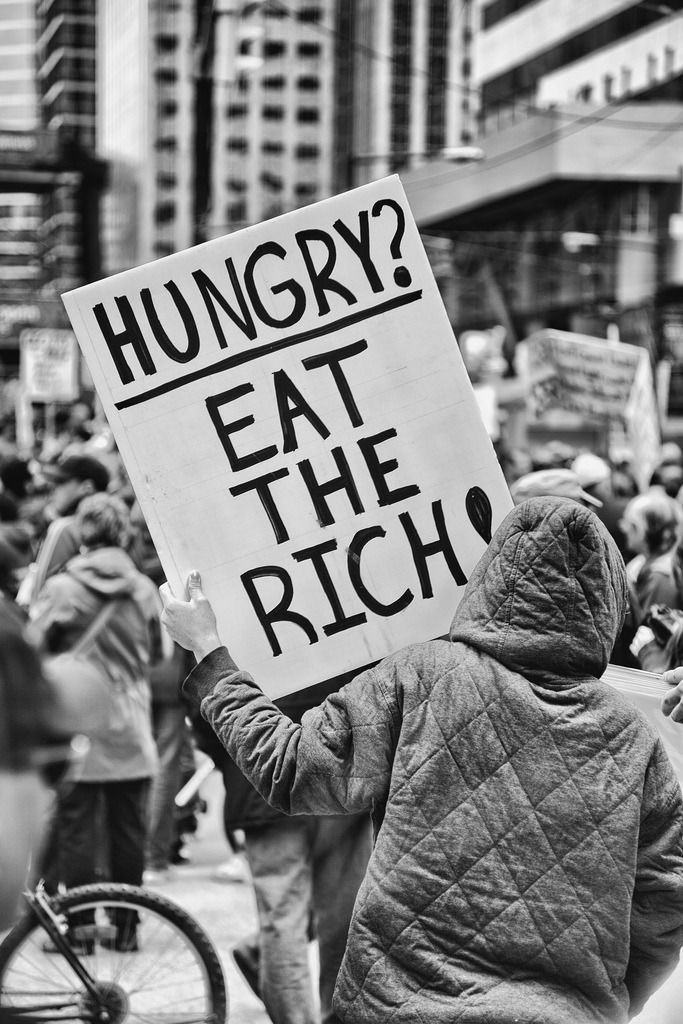In contemporary times, the geopolitical arena across numerous nations has borne witness to a conspicuous upsurge in the ascendancy and prominence of far-right and far-left political ideologies. These ideological cohorts, distinguished for their radical doctrines and polarising discourse, have served as crucibles for fervent deliberations concerning the trajectory of governance and societal evolution.
It is critical to clarify the precise outlines of the far-right and far-left political movements before exploring the causal elements that led to their rise. These nomenclatures are typically associated with groups that reside on the extreme periphery of the political spectrum.
The principles of strong nationalism, authoritarian rule, strict immigration laws, and occasionally ethnocentrism are shared by far-right movements in general. They frequently make reference to the ethos of time-tested principles and work to limit the scope of globalism and diversity.
Contrarily, far-left movements favour the accentuation of social and economic equality, calling for significant government engagement in economic matters, the fair allocation of wealth, and the adoption of progressive social policies. Frequently, their main priorities include the preservation of workers’ rights, universal healthcare, and the reduction of climate change.

One of the propelling forces catalysing the ascendancy of both far-right and far-left movements is rooted in the tapestry of economic inequality. Across various nations, an escalating sentiment has taken root, one that posits the economic system as inherently skewed in favour of the affluent elite. This pervasive sentiment has provided fertile ground for the emergence of populist movements at either end of the political spectrum. Far-left factions advocate for the redistribution of wealth, whilst their far-right counterparts cast blame upon immigrants and globalisation as culprits for economic tribulations.
Identity politics and social issues have established themselves as key forces behind the rise of these political movements. Far-right organisations are skilled at capitalising on concerns about cultural changes and the alleged erosion of traditional values. They claim that the foundations of their political platforms act as bulwarks to protect the identity and cultural legacy of the majority.
Far-left movements, on the other hand, fiercely support equality and inclusivity while shifting their attention to the fields of racial and social justice. Particularly among younger generations, who are growing more concerned about urgent issues like climate change, racial inequities, and the broader pursuit of social justice, their resonance has increased.

The rise of the far-right and far-left groups has been significantly impacted by the advent of the digital era. Social media sites are a fertile ground for the rapid spread of extremist ideology and the gathering of like-minded people in this digital world. These platforms have given these movements the potential to cross the international arena, organising protests and campaigns more effectively and quickly.
Concomitantly, the political milieu has witnessed an escalation in polarisation, with moderate voices often rendered inaudible amidst the clamour of the extremes. This climate of heightened polarity has engendered a fertile terrain for the flourishing of far-right and far-left movements. In certain instances, individuals disenchanted with the mainstream political establishment find solace in these movements as a channel through which they can vent their frustrations and voice their dissent.
Governmental complexity has been elaborately braided by the rise of far-right and far-left movements. Mainstream political parties have been forced to interact with and respond to the concerns and goals of these movements, which frequently results in visible changes in policy trajectories and rhetorical preferences.
Additionally, the polarisation that these movements have sparked creates significant obstacles for effective government. The struggle to find common ground and mediate compromises can lead to legislative gridlock and plant the seeds of political unrest, with effects seen across the stability spectrum.

The rise of far-right and far-left political movements is a reflection of the profound unhappiness and disappointment rife throughout many civilisations. These movements have skilfully cultivated their sphere of influence by skilfully utilising the levers of economic inequality, the dynamics of identity politics, and the turbulent waves of technological disruption. They act as advocates for the promotion of important issues in the political discourse, but they also have a significant negative impact on society cohesion and governance.
Comprehending the determinants propelling the ascendancy of these movements emerges as a paramount imperative for tackling the bedrock issues they encapsulate. This demands an atmosphere of open and constructive discourse, one that strives to ameliorate the grievances voiced by citizens while simultaneously championing the ideals of societal cohesion and political equilibrium. In a dynamic political terrain, the pursuit of common ground between these movements and the more centrist political forces remains a linchpin for sculpting a future that resonates with sustainability and inclusivity.
Sources
- https://en.m.wikipedia.org/wiki/Far-right_politics
- https://en.m.wikipedia.org/wiki/Left-wing_politics#:~:text=The%20terms%20far%2Dleft%20and,economic%2C%20political%20and%20social%20democracy.
- https://journals.sagepub.com/doi/10.1177/1465116517718091
- https://www.equalityhumanrights.com/sites/default/files/research-report-58-understanding-the-rise-of-the-far-right-focus-group-results.doc
- https://time.com/5673239/left-right-politics-origins/




